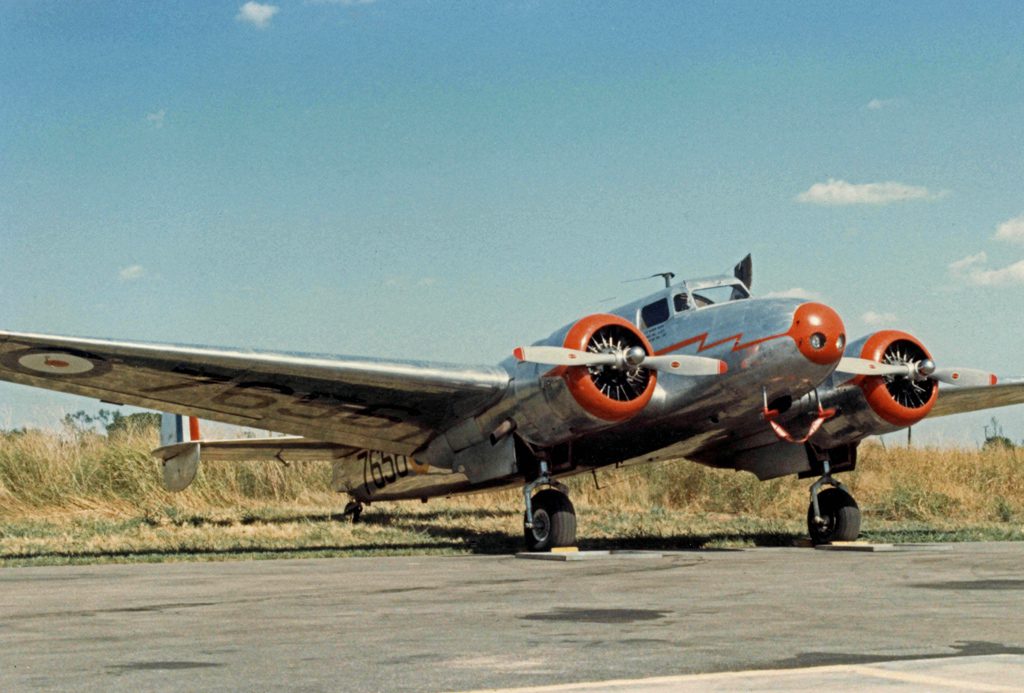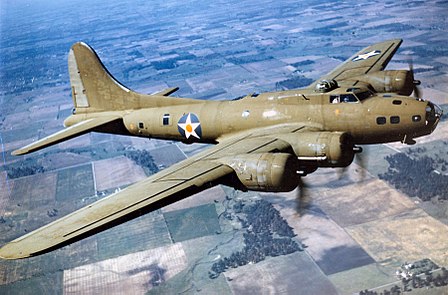Introduction
The Lockheed C-141 Starlifter joined MATS (Military Air Transport Service) in April 1965 and was the replacement for the slower propeller driven C-124 also known as “Old Shaky”. Through the years, the organization that the C-141 was in, changed from MATS to MAC (Military Airlift Command) and finally AMC (Air Mobility Command). The names of the organization may have changed, but the mission remained the same that is provide the U.S. military with strategic airlift.
There were 285 C-141s built from 1965 until 2006 when all of the Starlifters had been retired. The C-17 Globemaster replaced the aging C-141s in the early 2000s.
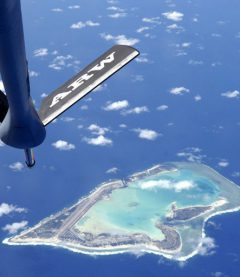


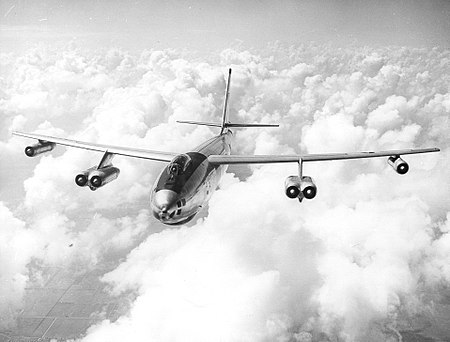
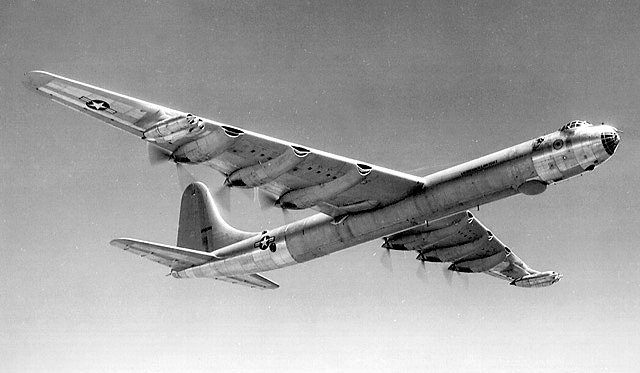
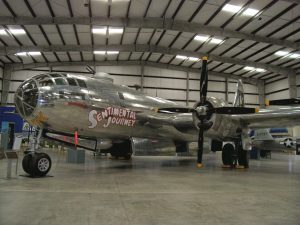 Pima Air and Space Museum Tucson Arizona
Pima Air and Space Museum Tucson Arizona